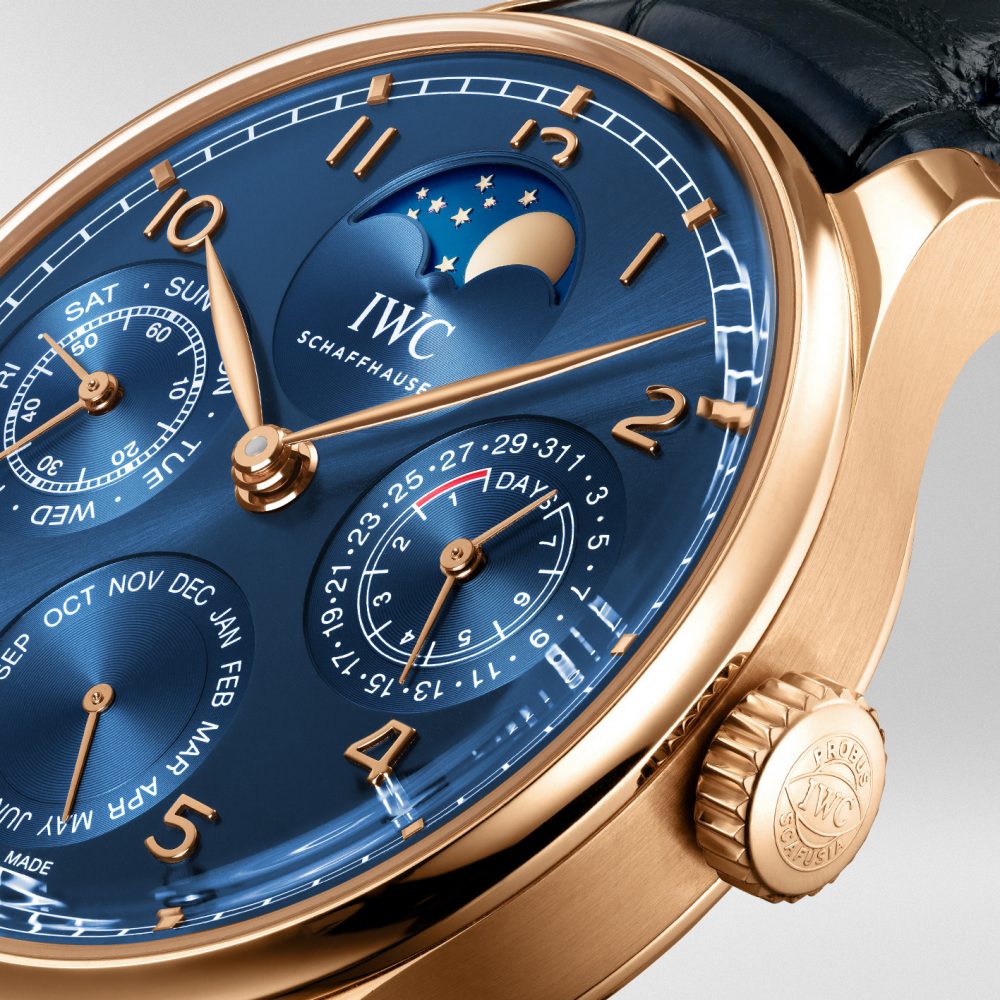One of the most complicated features of high-end watchmaking is the ‘perpetual calendar’ indicator, which offers a remarkable transition sight on New Year’s Eve.
Perpetual Calendar / Perpetual calendar programmed to correctly display the date even during leap years automatically adjusts the calendar for nearly 100 years without any manual adjustment. On the other hand, perpetual calendar watches developed by IWC takes this further. The IWC Perpetual Calendar Watch is set for the next 500 years and it will continue running perfectly with virtually no corrections until 2499.

One of the most complicated features of watchmaking, the perpetual calendar calculates the number of days in all months and operates automatically. It is applied to automatic, mechanical and kinetic watch models.
Invented by Thomas Mudge in 1762 for his gold pocket watch, the perpetual calendar technology could be adapted to wristwatches nearly two centuries later. Mudge’s gold pocket watch is currenty on view at The British Museum.
The perpetual calendar is an element of highest-end watchmaking that includes minute repeaters and tourbillons. The feature requires hundreds of extra gears to keep precise track of the exact date. The mechanism is a huge network of interconnected pieces where the gears for the seconds, minutes, hours, days, and months trigger one another.

 English
English

